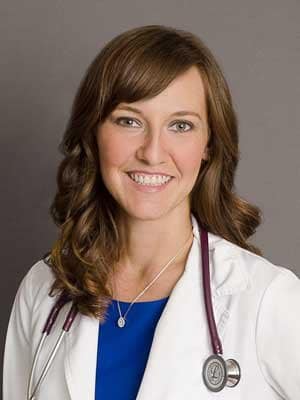
More Weight Control, Nutrition & Exercise Articles
Vitamin D For Fall and Winter
Vitamin D is known to most people as the “Sunshine Vitamin.” Our bodies actually produce it when our skin is exposed to the sun, which is pretty incredible when you stop to think about it. It is involved in many processes in the body including bone health, immune function, and many, many more.
It seems that most people dramatically underestimate the necessary sun exposure to produce sufficient amounts of this vitamin.
There are many factors that play into how much sun a person needs to produce adequate Vitamin D but the rough rule of thumb is keep 80% of your body exposed for 40 minutes per day. This recommendation doesn't take into consideration many variables such as skin color, latitude, the presence of sunscreen, the UV index, or the time of year.
There have even been clinical observations that suggest getting into a pool or shower after sun exposure will impair your skin's role in Vitamin D synthesis.
Here in Virginia, the UV index drops below the level necessary to make Vitamin D, especially in the fall and persists as too low through winter. What this means is that even if you were out in the sun for hours in December you wouldn't be able to make a sufficient supply of Vitamin D. Why hasn't anyone told you this? And what do you do about it?
Contacting your local naturopath is a good place to start. The vast majority of Americans are deficient in Vitamin D and proper testing can show you exactly how deficient you are, which helps determine a safe dose of supplementation.
Naturopaths are very comfortable with helping you to decide what an optimal Vitamin D level is and also how much has to be taken to arrive at that level safely. If you are deficient, a daily recommended dose might not be enough to replenish your system and if you aren't careful you can end up with too much Vitamin D. Please do not try to treat yourself without consulting with a doctor.
It was believed that Seasonal Affective Disorder (SAD) was linked to the decreased amount of light in the colder seasons and patients who suffered from it were treated with light boxes. More recently it has been noted that treatment with Vitamin D is the most effective way to prevent and even treat those winter-time-blues.
If you are affected by SAD yearly, you may want to consider talking to your naturopath about Vitamin D. Testing and supplementation tend to be very affordable so don't let that worry stop you from being happy all winter long.
Other Articles You May Find of Interest...
- 5 Health Benefits of Biking
- Ten Lifestyle Habits and Practices for a Healthier Family
- When to Reach Out for Support: Navigating Food Fears with the Help of an Eating Disorder Dietitian
- Five Reasons to run a marathon: Get your trainers on…
- MAY MARKS CELIAC AWARENESS MONTH
- Lifestyle Changes To Lower Cholesterol
- Let’s Get Physical: Making Physical Activity a Part Of Your Family Life

















